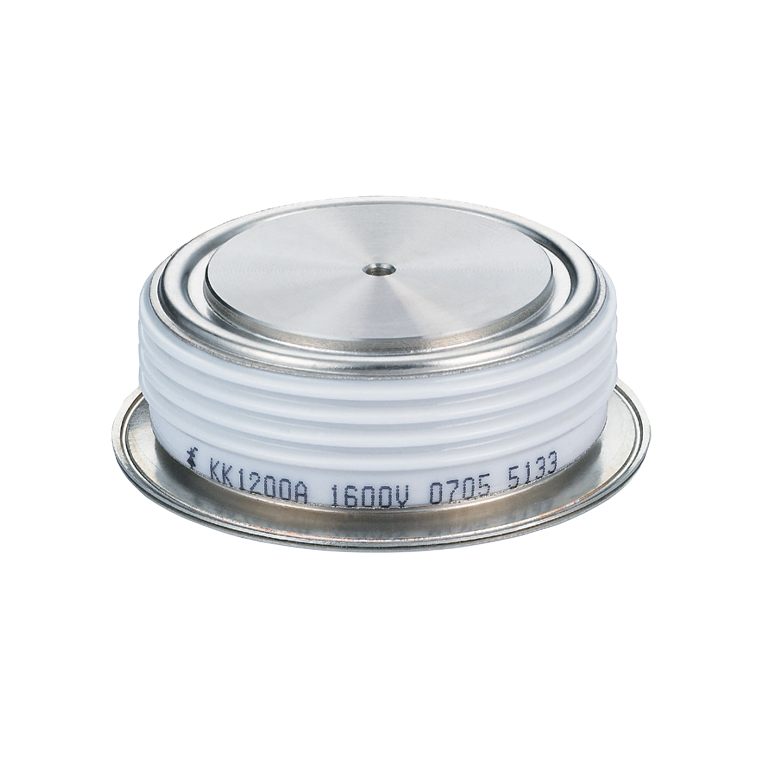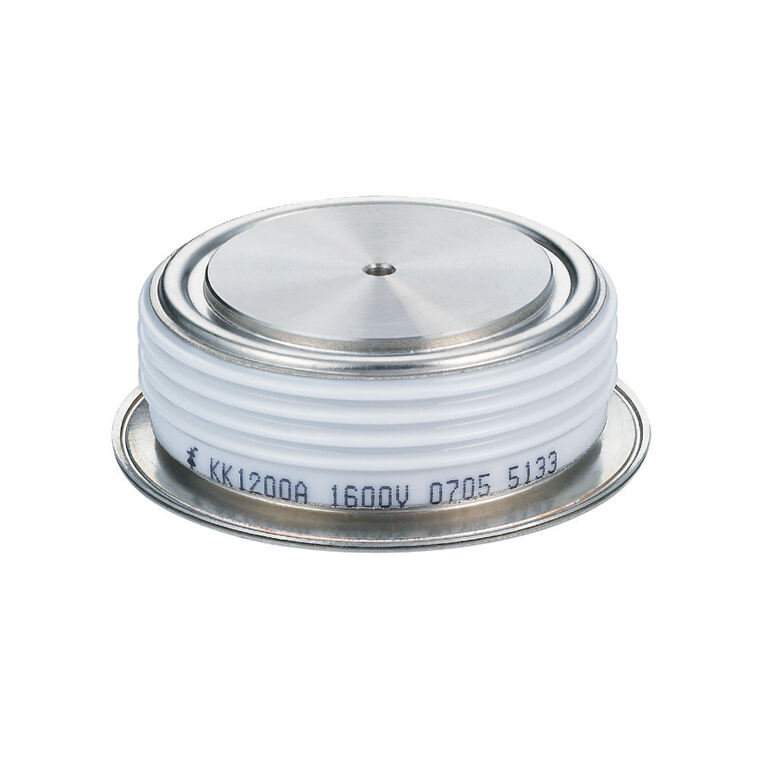robotics in aviation
Robotics in aviation represents a transformative force in the aerospace industry, fundamentally changing how aircraft are manufactured, maintained, and operated. These sophisticated systems combine artificial intelligence, sensor technologies, and precision engineering to perform tasks ranging from automated assembly to inspection and maintenance. Modern aviation robots feature advanced vision systems, multi-axis mobility, and adaptive learning capabilities, enabling them to work in complex environments with high accuracy. In manufacturing, robotic systems handle precise tasks like fuselage assembly, rivet installation, and composite material laying, ensuring consistency and reducing human error. For maintenance operations, robots equipped with specialized sensors and tools can access confined spaces, perform detailed inspections, and execute repairs with minimal human intervention. In airport operations, autonomous systems manage baggage handling, aircraft cleaning, and even passenger services. The integration of robotics has also extended to unmanned aerial vehicles (UAVs) and drone technologies, which are increasingly used for aerial surveys, cargo delivery, and emergency response. These systems incorporate sophisticated navigation systems, obstacle avoidance technology, and real-time data processing capabilities, making them invaluable tools in modern aviation operations. The continuous evolution of robotics in aviation has led to enhanced safety standards, improved operational efficiency, and significant cost reductions across the industry.


